Immunogenic Cell Death
This is, as the name suggests an immune driven process. Immunogenic cell death is driven by stress, production of reactive oxygen species and increases in Damage Associated Molecular Patterns (DAMPs). These DAMPs include Heat Shock Proteins (HSP), High Mobility Group Box 1 (HMGB1), Calreticulin and ATP. The ability of chemotherapeutic agents to increase these DAMPs increases the likelihood of immune killing.

Expression of HSP70, HSP90 in ovarian cancer cell lysates (OV90) after treatment with Doxorubicin. Data presented as a fold change when compared with untreated cells.
Concentration of HMGB1 in cell culture supernatants of OV-90 cells treated with test compounds. HMGB1 ELISA was performed in duplicate and mean values (±SD) plotted for each condition. Standard curve (left) of known HMGB1 concentrations was used to determine concentration of HMGB1 for each experimental sample (right).

Calreticulin surface expression of OV-90 cells by flow cytometry. Surface expression of calreticulin shown as fold change in MFI compared to untreated cells shown on the left. Percentage of cells positive for calreticulin displayed on the right. Mean values (±SD) of duplicates plotted for all graphs.

Amount of ATP in cell culture supernatants of OV-90 cells treated with test compounds. ATP was quantified using ATP determination kit (Invitrogen) and mean values (±SD) plotted for each condition. Standard curve of known ATP amounts was used to determine quantity of ATP for each experimental sample.
Request a consultation with Cellomatics Biosciences today
Our experienced team of in vitro laboratory scientists will work with you to understand your project and provide a bespoke project plan with a professional, flexible service and a fast turnaround time.
To request a consultation where we can discuss your exact requirements, please contact Cellomatics Biosciences.











